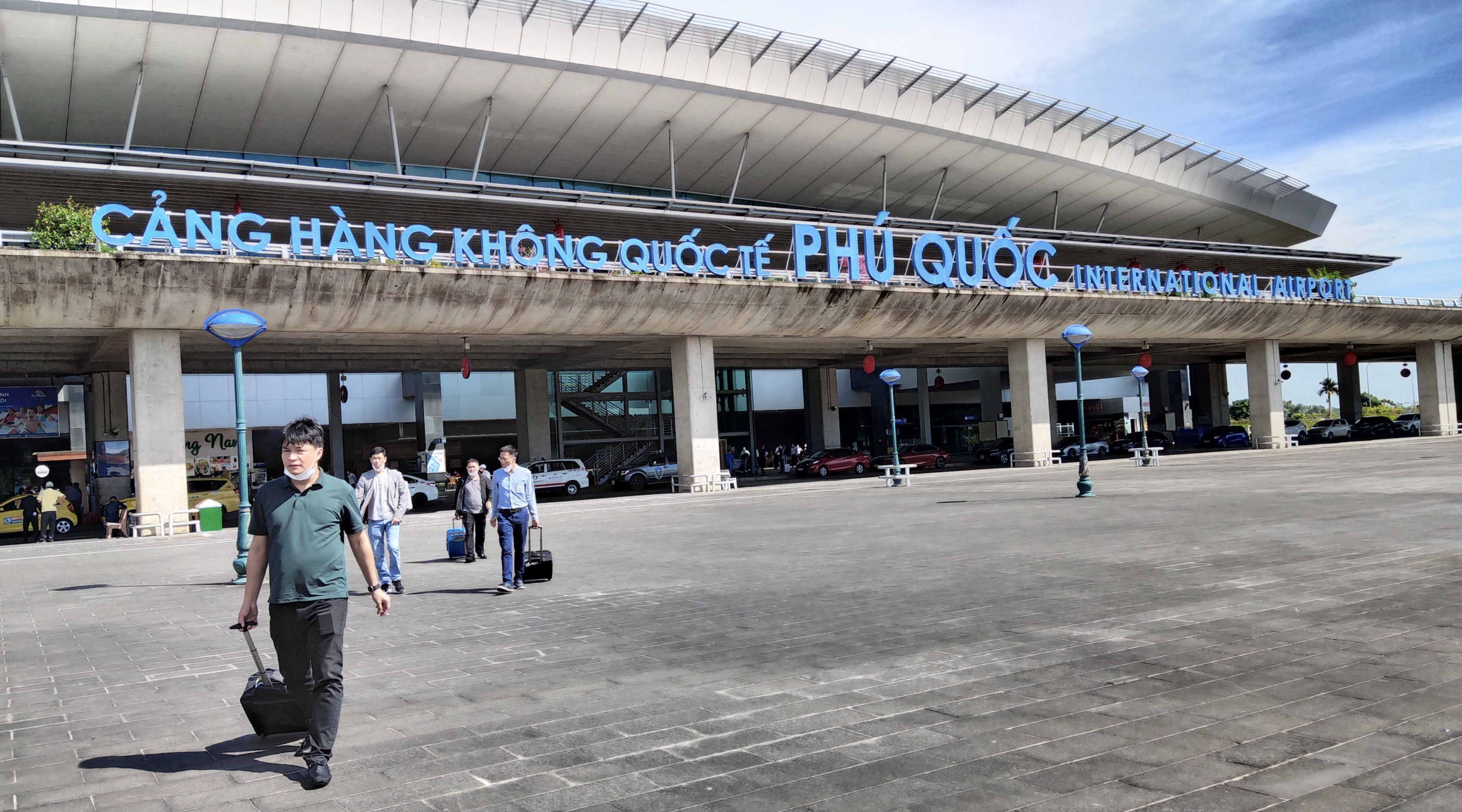A plan has been put in place for the construction of an additional runway and two new passenger terminals to raise the capacity of Phu Quoc International Airport on Phu Quoc Island off the coast of Kien Giang Province, southern Vietnam to 18 million passengers annually by 2050.
The development plan for the airport during the 2021-30 period, with a vision to 2050, has been submitted by the Civil Aviation Authority of Vietnam to the Ministry of Transport for approval.
The plan aims to align the airport’s development with the national airport system, which has already been approved by the prime minister.
As per the national master plan, Phu Quoc International Airport will be expanded to have a capacity of 10 million passengers annually by 2030, and 18 million passengers a year by 2050.
The Ministry of Transport in early February announced proposed details and a timeline for the airport’s expansion, which is slated for completion by the second quarter of 2027 before the 2027 APEC Economic Leaders’ Week takes place in Phu Quoc City.
From 2021 to 2030, the existing runway of the airport will undergo upgrades, while the second runway will be built.
Besides, the current taxiway will be lengthened by 300 meters, synchronized with the expanded runway.
A new taxiway will be placed between the two runways, with further construction of rapid exit taxiways and connecting taxiways.
The airport will also feature 30 aprons during the period, with land reserved for future expansion.
By 2050, the airport is projected to serve 18 million passengers and handle 50,000 tons of cargo annually, with a total of 45 aprons.
The third parallel taxiway and six connecting taxiways will be constructed.
The airport is set to accommodate large aircraft, including Boeing B747, B787, Airbus A350, and equivalents during both periods.
As for passenger terminals, during the 2021-30 period, the existing Terminal T1 will remain operational with a capacity of about four million passengers annually, catering to both domestic and international flights.
A new Terminal T2 will be built east of the first terminal, with a capacity of six million passengers a year.
Looking ahead to 2050, the existing T1 terminal will continue operating with a capacity of approximately four million passengers annually, while the second terminal will be expanded to handle up to eight million passengers per year. The two terminals will serve domestic flights.
Additionally, the third passenger terminal, T3, will be built west of the first terminal to handle international traffic, with a capacity of six million passengers annually.
For cargo operations, the current cargo terminal will be expanded during the 2021-30 period, with an additional 10,000 square meters of land to ensure the handling of 25,000 metric tons of cargo annually.
By 2050, a new cargo terminal will be built to ensure the airport can handle 50,000 metric tons per year.
The total land area required for Phu Quoc International Airport’s expansion in the 2021-30 period is estimated at 865.9 hectares.
Of the total, 851.6 hectares is already available, while an additional 14.2 hectares will be needed for future development.
Like us on Facebook or follow us on X to get the latest news about Vietnam!





















































